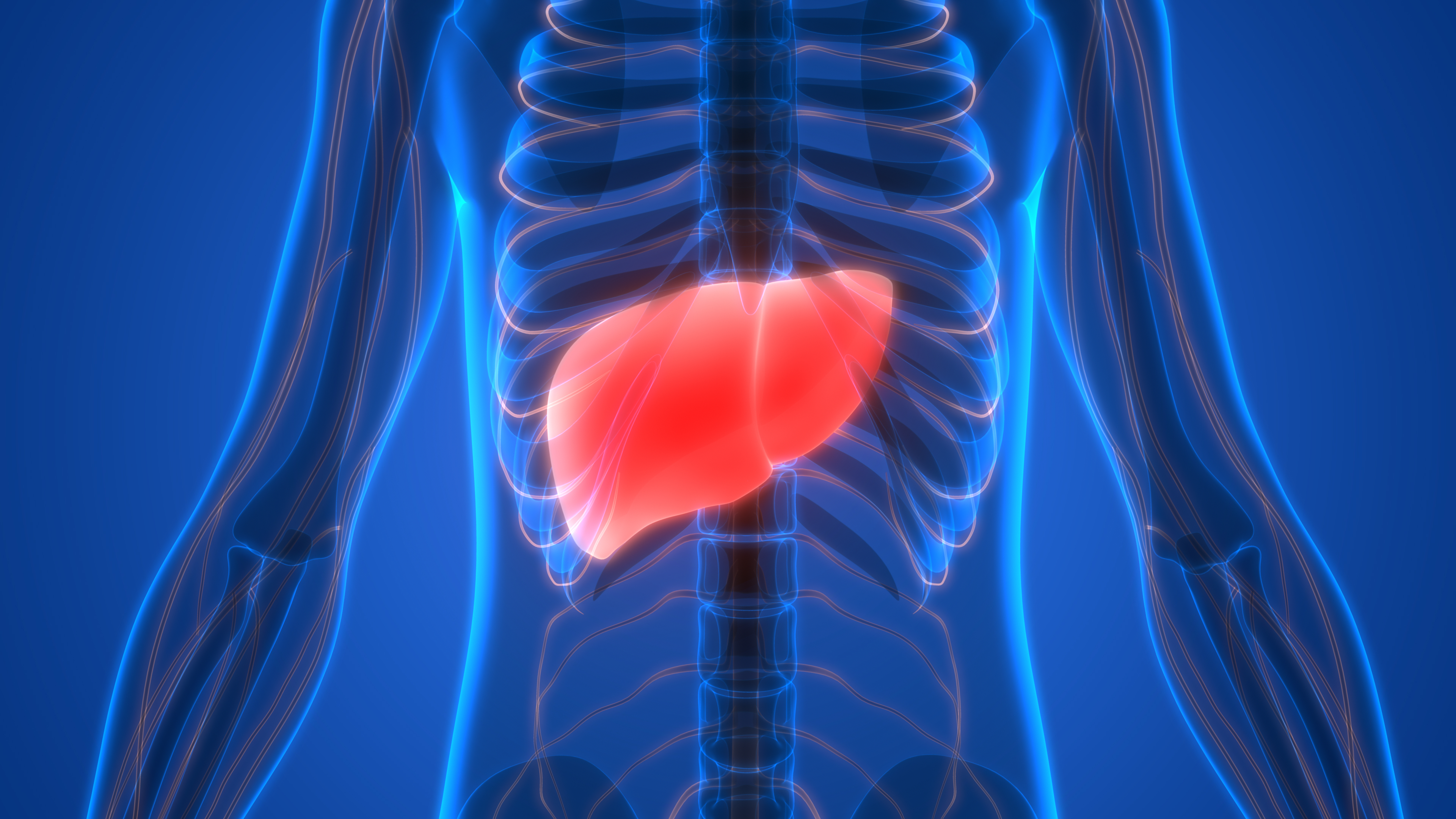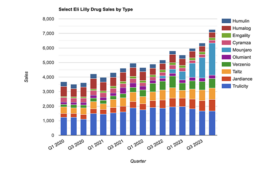
Mallinckrodt, a leading global specialty pharmaceutical company, and Ocera Therapeutics, Inc announced that they have entered into an agreement under which Mallinckrodt will acquire Ocera, a clinical stage biopharmaceutical company focused on the development and commercialization of novel therapeutics for orphan and other serious liver diseases with high unmet medical need. Ocera’s developmental product OCR-002, an ammonia scavenger, is being studied for treatment of hepatic encephalopathy, a neuropsychiatric syndrome associated with hyperammonemia, a complication of acute or chronic liver disease.
OCR-002 is a Phase 2 asset with both intravenous (IV) and oral formulations. Despite inability to meet statistical significance in its primary endpoint, Ocera’s Phase 2 STOP-HE trial1 achieved secondary endpoints that revealed differentiated clinical impact, including demonstrated effect on lowering serum ammonia levels. Mallinckrodt believes that trial design elements, in part, drove the primary outcome and, on acquisition, will invest to establish the optimal dosing regimen prior to initiating a Phase 3 program. Mallinckrodt will have continued engagement with the U.S. Food and Drug Administration (FDA) to confirm the regulatory pathway to gain FDA approval and subsequently launch the IV formulation, expected by 2022, and the oral formulation, expected by 2024.
The FDA granted OCR-002 its Orphan Drug Designation, and the resulting seven years’ exclusivity would be applied upon first approval of the drug. The FDA also granted its Fast Track designation, a process designed to facilitate development and expedite the review of drugs to treat serious conditions and fill an unmet medical need2. The European Medicines Agency (EMA) also granted Orphan Drug status to OCR-002. If approved, the drug will have substantial durability through its Orphan Drug status and additionally through intellectual property that extends to at least 20303.
“Hepatic encephalopathy can be a debilitating condition, affecting brain function and, in some cases, resulting in coma or death,” said Steven Romano, M.D., Chief Scientific Officer and Executive Vice President of Mallinckrodt. “We look forward to bringing this much-needed treatment option to patients who suffer from this condition.”
“We believe OCR-002 has the potential to help thousands of patients whose hepatic encephalopathy is insufficiently treated by current therapies,” said Linda S. Grais, M.D., President and Chief Executive Officer, Ocera. “We’re excited by the additional development capability and commercial reach that can be gained by becoming part of Mallinckrodt. With this focus, I’m confident this important treatment can be successfully brought to market.”
Understanding Hepatic Encephalopathy
Roughly 30 to 35 million U.S. patients have chronic liver disease4, which can develop into liver cirrhosis in some cases, a condition where the liver becomes damaged and irreversibly scarred. Cirrhosis can be brought on by a wide range of underlying causes such as nonalcoholic steatohepatitis, or fatty liver disease; alcohol use; hepatitis; autoimmune diseases; diabetes; and obesity. Approximately 5.5 million patients in the U.S. have liver cirrhosis5.
Cirrhosis impedes the liver’s ability to remove toxins from the body, including ammonia. Hepatic encephalopathy (HE) is a critical neuropsychiatric condition resulting from hyperammonemia (excess ammonia in the blood).While many patients who develop HE will have cirrhosis, incidents of HE are also reported in patients with other types of liver disease such as acute liver failure or bypass shunts. Progression of HE is measured through neurocognitive symptoms6, including personality changes, disorientation, stupor and, in severe cases, coma or death.
Acute HE is usually initially diagnosed in the emergency department, and treated by a hepatologist or gastroenterologist; outside the hospital, HE is largely treated by gastroenterologists. Hospitalized HE patients with other underlying triggers or conditions, e.g., gastrointestinal bleeding or infection, will be sent to the intensive care unit (ICU). Severe acute HE patients will also likely be sent to the ICU. The typical length of overall hospital stay for an acute HE episode is five to seven days, though it may be longer for patients with concomitant conditions. Many acute HE patients have a recurrence and will be readmitted to the hospital with subsequent acute HE episodes.
OCR-002 Eliminates Ammonia from Bloodstream through Novel Method of Action
Although the STOP-HE study7 did not meet its primary endpoint, it achieved secondary endpoints that validated OCR-002 as a potent ammonia scavenger, leading to significant reduction in circulating ammonia (p=0.017). In a subsequent, post-hoc analysis of the data, it was observed that the degree of ammonia reduction in patients correlated strongly with clinical improvement. As the response rate also appeared to increase proportionally to dose level, this suggests that some patients in the Phase 2 trial may have been under-dosed.
Treatment with OCR-002 rapidly eliminates ammonia in the bloodstream, excreting it through the kidneys, a more effective and less burdensome method of addressing HE than existing treatment options. Those alternatives include lactulose, a laxative that frequently causes severe diarrhea, and Rifaximin, an antibiotic indicated only for reduction of recurrent HE, which can cause broad gastrointestinal issues and is restricted for patients with severe liver issues.
OCR-002’s active ingredients are ornithine and phenylacetic acid (PAA). The unique method of action includes:
- Ornithine contributes to glutamate, which combines with ammonia to create glutamine, a carrier of ammonia that “pushes” ammonia through the body.
- PAA combines with glutamine to form phenylacetylglutamine, “pulling” ammonia into the urine and excreting it through the kidneys.
The IV formulation of OCR-002, if approved, is expected to provide rapid reduction in symptoms of acute HE, and potentially reduce hospitalization stay. A subset of patients continues to have HE symptoms after discharge. OCR-002’s oral formulation, if approved, is expected to provide post-discharge continuity of care for the HE patient, reducing the risk of recurrent HE episodes and rehospitalization. It is also anticipated that patients may transition from the IV to the oral formulation prior to discharge from the hospital setting.
“We believe OCR-002 has the potential to significantly alter the treatment paradigm for patients suffering from this serious condition,” said Mark Trudeau, Chief Executive Officer and President of Mallinckrodt. “The addition of this highly durable, unique developmental asset to our portfolio is an excellent example of Mallinckrodt’s strategic vision as a patient-centric, innovation driven specialty pharmaceutical growth company focusing on severe and critical conditions.”
Filed Under: Drug Discovery




